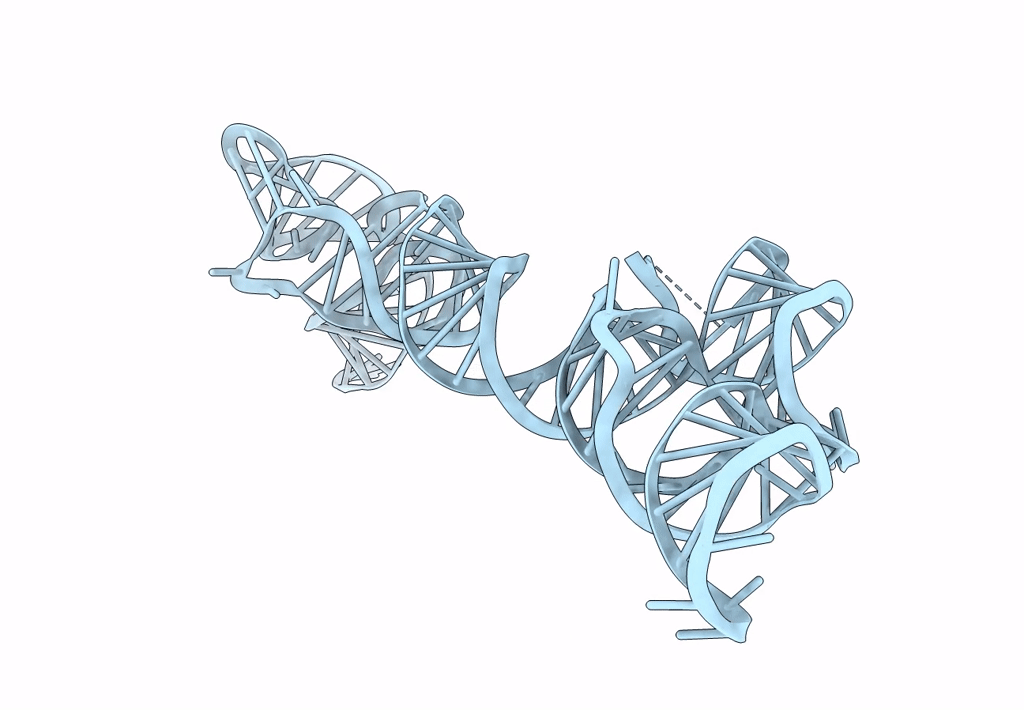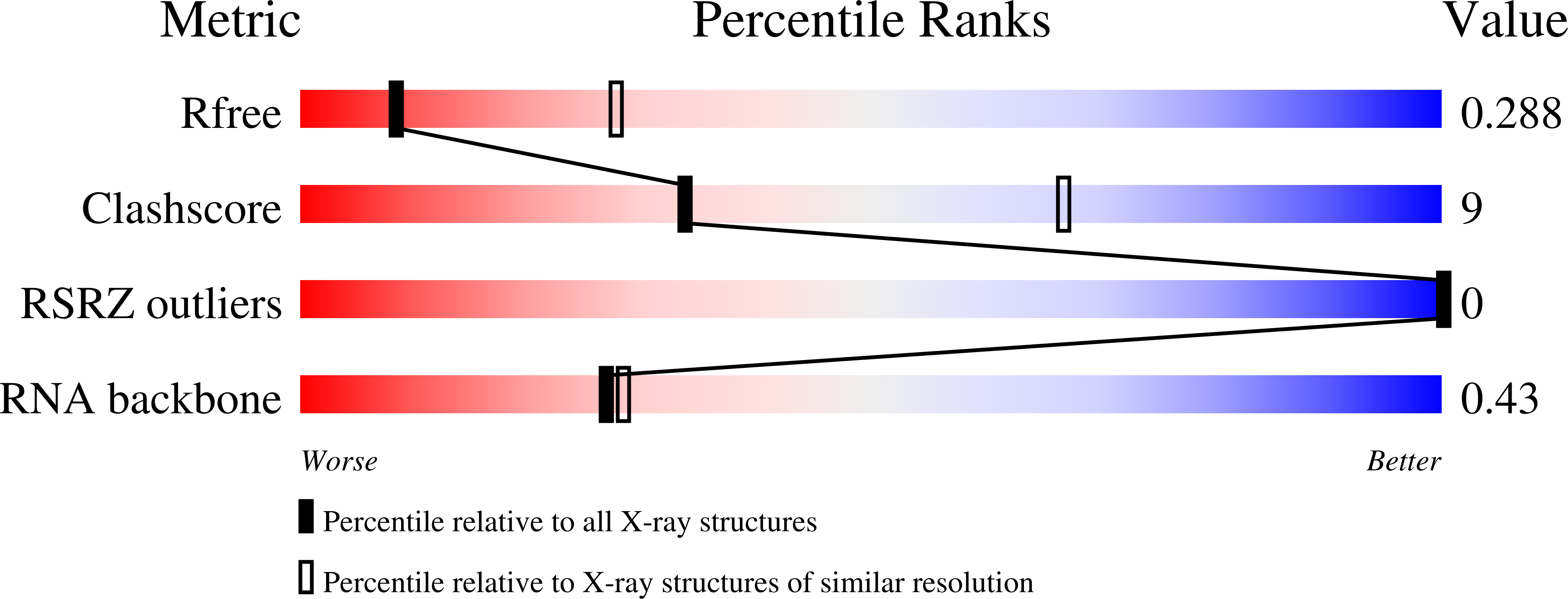
Deposition Date
2023-03-27
Release Date
2023-08-09
Last Version Date
2023-09-20
Entry Detail
PDB ID:
8S95
Keywords:
Title:
Crystal Structure of Poliovirus (type 1 Mahoney) cloverleaf RNA with tRNA scaffold
Biological Source:
Source Organism:
Homo sapiens (Taxon ID: 9606)
Poliovirus 1 (Taxon ID: 12081)
Poliovirus 1 (Taxon ID: 12081)
Host Organism:
Method Details:
Experimental Method:
Resolution:
3.10 Å
R-Value Free:
0.28
R-Value Work:
0.27
R-Value Observed:
0.27
Space Group:
C 1 2 1


